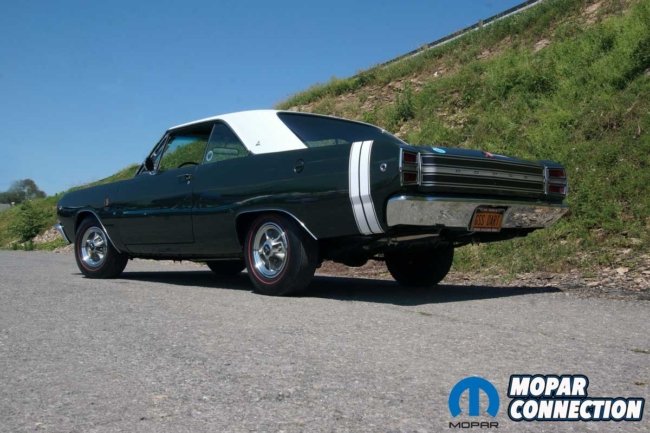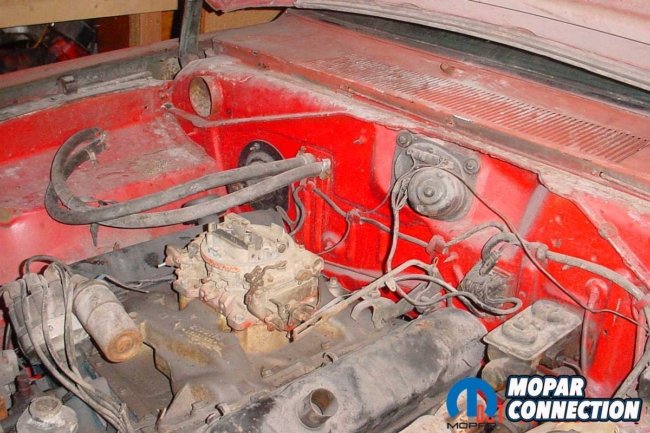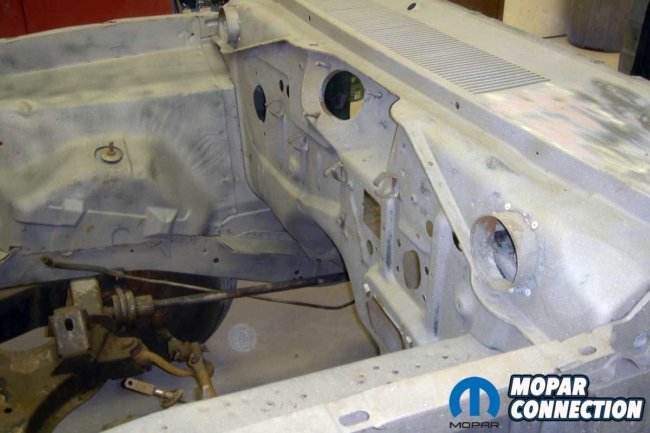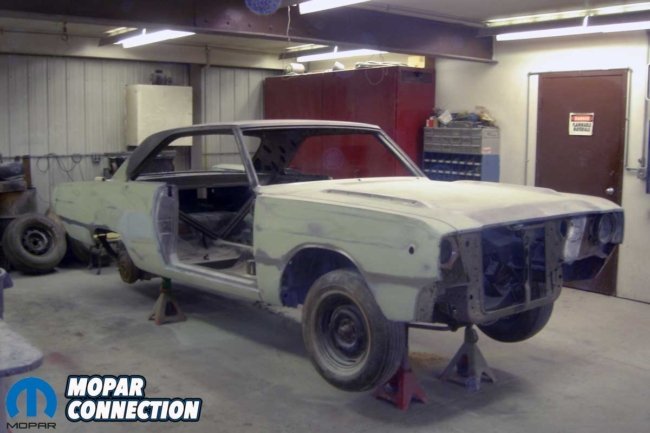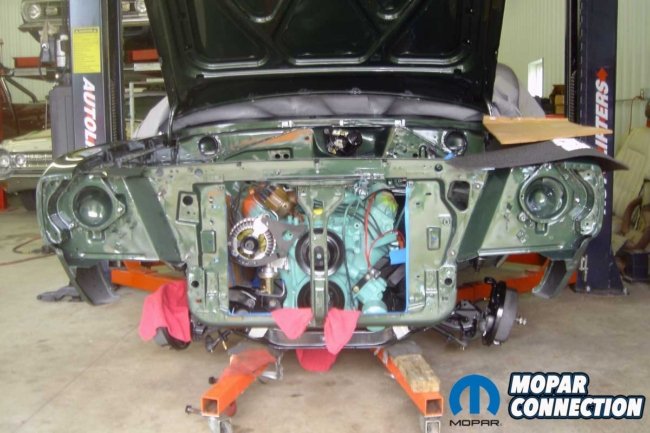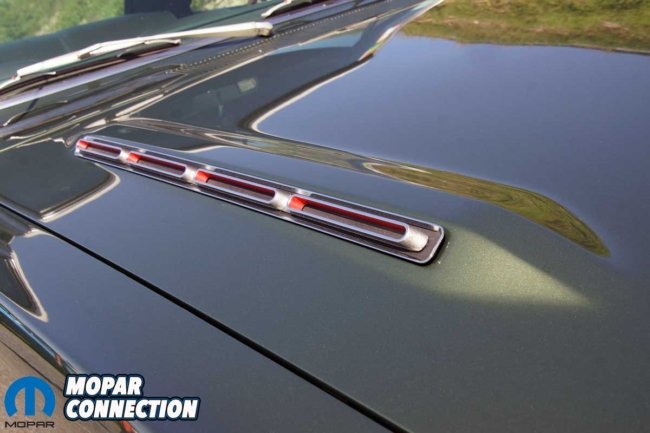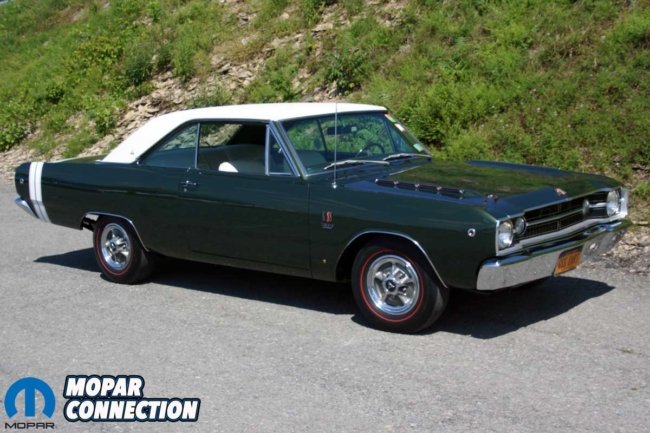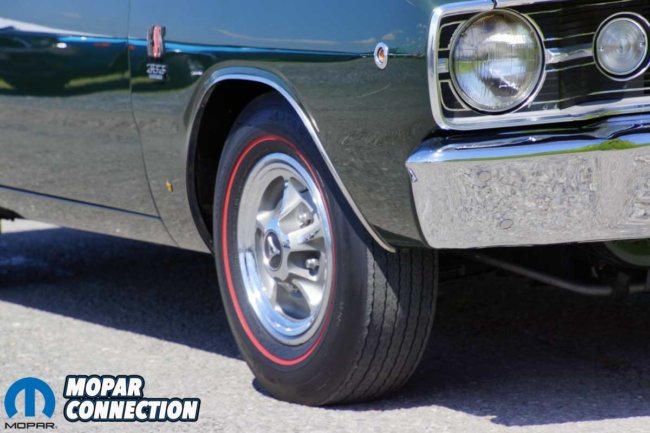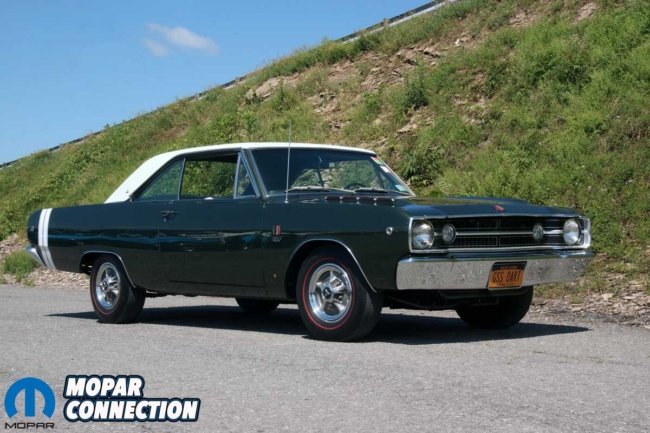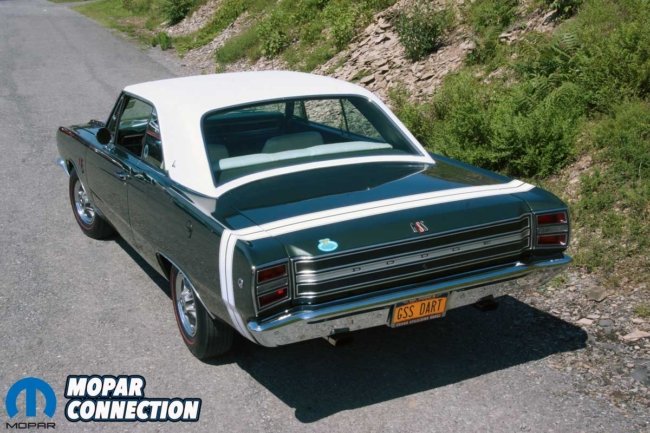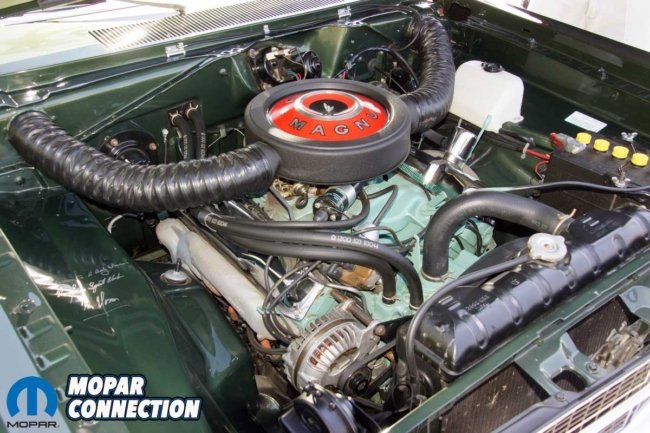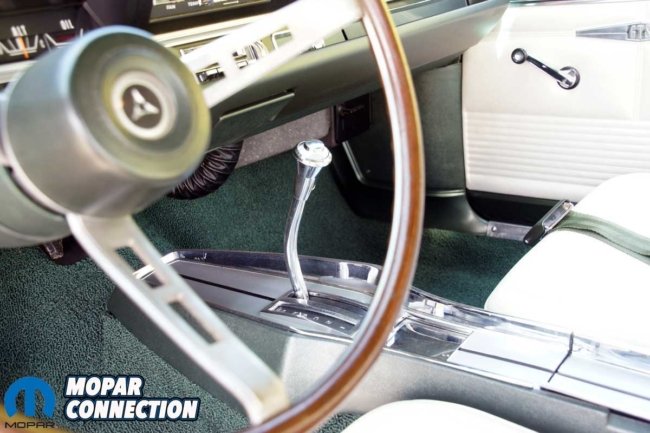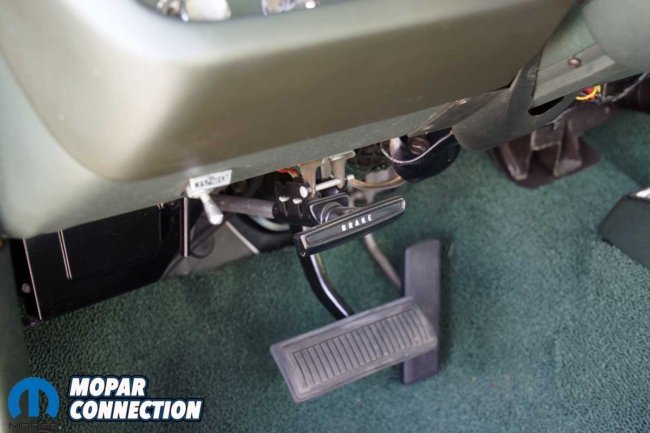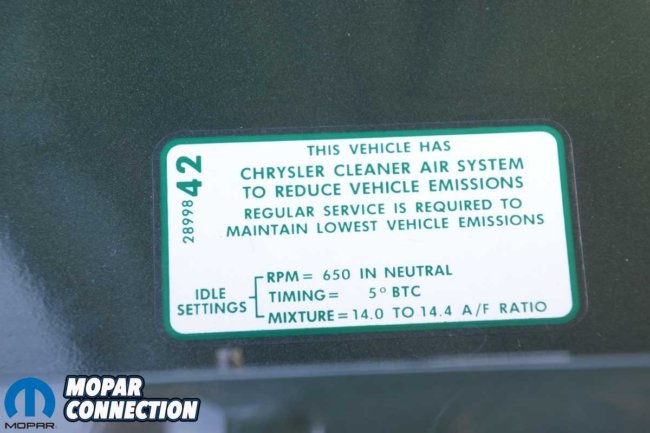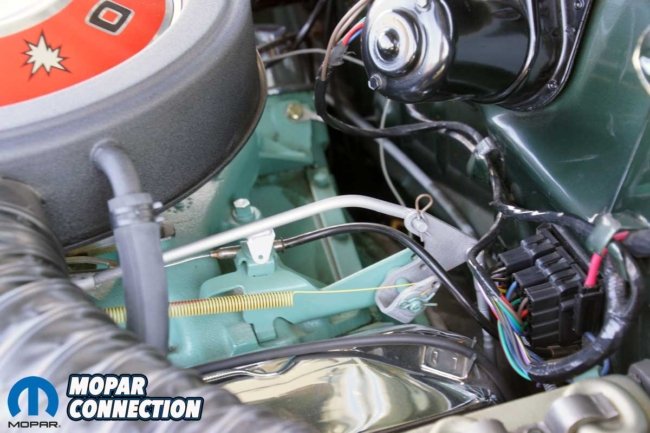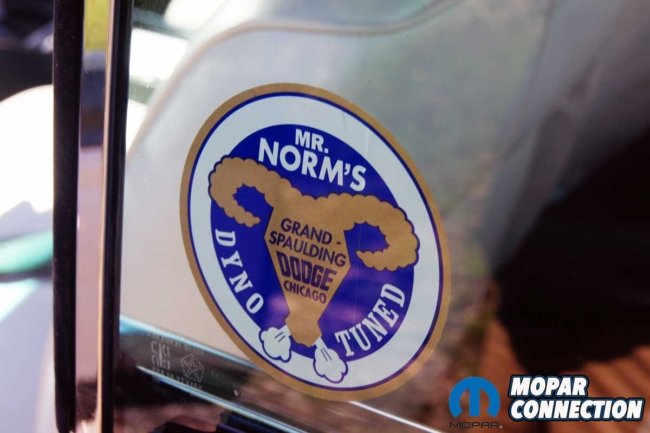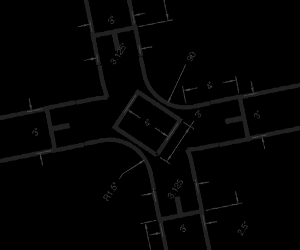
Grand Spaulding Dodge was a legendary dealership founded by Norman Kraus, popularly known as “Mr. Norm,” and his older brother Len. The dealership opened in 1963 in Chicago, Illinois, at the corner of West Grand Avenue and North Spaulding Avenue.
Mr. Norm’s Grand Spaulding Dodge was renowned for its high-performance modifications and customizations to Dodge vehicles, especially Mopar muscle cars like the Dodge Charger, Challenger, Dart, and others. The dealership offered various performance packages, aftermarket parts, and tuning services that elevated the power and performance of these cars.
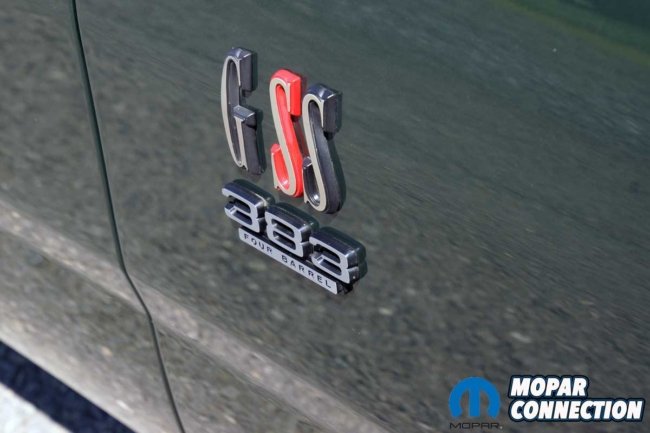
Grand Spaulding Dodge was a hub for car enthusiasts, drag racers, and anyone seeking potent performance vehicles during its prime. Mr. Norm’s dealership became a household name in the muscle car community.
While the dealership is no longer in operation and Norm Kraus passed on February 26, 2021, the legacy of Mr. Norm and Grand Spaulding Dodge lives on, and the dealership’s modified cars and collectibles remain sought-after by collectors and muscle car enthusiasts. The impact of Mr. Norm’s work and the influence of Grand Spaulding Dodge on the muscle car culture of the 1960s and 1970s are significant aspects of automotive history.
The story of how Paul Ernst, of East Aurora, New York, acquired one of the most desirable Mr. Norm cars, a 1968 Dodge Dart GSS, started in the spring of 1994. At the time, Ernst was actively engaged in obtaining a 1970 440-6 Road Runner, and a friend turned him on to a similar B-body, a 1970 440-6 4-speed GTX. Set on a Road Runner, Ernst unenthusiastically called the owner of the GTX to schedule a viewing.
While looking over the GTX, Ernst observed a 1968 Hemi Coronet and a rough looking 1968 Dart, both sold through Grand Spaulding Dodge. Being unfamiliar with Grand Spaulding or who Mr. Norm was, Ernst did not give either vehicle a second thought. However, Ernst did find the GTX, which had everything he desired, worthy of his attention, so he purchased it. He enjoyed the GTX for several years, but by 2000, the GTX was ready for restoration.
Ernst and several friends performed a complete restoration on the GTX. Fast forward a couple of years to 2005, while at a car show, the former owner of the GTX saw it and asked Ernst if he was interested in the 1968 Grand Spaulding Dodge Dart GSS. The GSS would include plenty of New-Old-Stock (NOS) parts, original unused redline tires, a build sheet, and pertinent paperwork to verify its history. After extensive research, Ernst realized the significance and rarity of the car and agreed on a reasonable purchase price.
So, what makes a Dodge Dart GSS so special? It started in 1967 when Dodge redesigned the Dart to battle the Ford Mustang and the new-to-the-market Chevrolet Camaro. The Mustang came equipped with a 335-horsepower (hp) 390, and the Camaro was fitted with a 325-hp 396, later followed by a 375-hp version. Unfortunately, Dodge slipped a tame 235 horsepower 273 into the Dart’s engine bay. Mr. Norm recognized the disadvantage of the Dart, and owning a high-performance dealership, he requested the Chrysler brass find a way to fit a 383 big block into the new A-body.
Mr. Norm’s pleas had no sway, with the executives informed by the Chrysler engineers that a big block would not fit. In great defiance, Mr. Norm had his best mechanics shoehorn a 383 into the engine bay of a Dart. Then, he wheeled the Dart from Chicago to Highland Park, Michigan, to prove it could be done.
The Chrysler executives were impressed and quickly tooled up a 383-engine option for the 1967 Dart. However, due to a restrictive driver-side exhaust manifold configuration designed to clear the steering shaft, the 383 was significantly down on horsepower (280 hp vs. 335 hp without the restrictive manifold found in the bigger Mopars). The 383 Darts were equipped with manual steering, and air conditioning was unavailable. All the 383 Darts would be labeled with GTS insignias.
For 1968, the 383 received better-flowing heads, and the horsepower was up to 300. However, Mr. Norm was still not satisfied, so this time, his mechanics yanked the 383 from a Dart and plugged in a 440. Again, the Chrysler executives were impressed, so 48 1968 383 Darts were transferred from the assembly line sans the engine and transmission to commissioned contractor Hurst-Campbell.
At Hurst-Campbell, the Darts were matched with a 440 and a Torqueflite transmission. Many of the Darts still wore the 383 badges on the fenders, but the “T” in GTS was replaced with a red-trimmed “S” emblem. The 440 GSS Darts, like the 383 GTS Darts, did not have power steering or air conditioning. All 48 GSS Darts were sold through Grand Spaulding Dodge.
In late 2005, Ernst and his friends sorted through the volumes of parts and NOS material that accompanied the Dart and then started the restoration. The body was stripped to bare metal, which revealed a solid chassis with rust-free floors. While there were minor rust concerns in the typical areas, only a few tiny patches were needed for repairs.
Astonishingly, the unique one-off parts installed by Hurst-Campbell to fit the 440 and transmission were still with the Dart. The components included a fabricated left engine mount, dipstick, and fan clutch drive. Although most were discarded and replaced with headers, the factory exhaust manifolds remained.
In less than a year, the Dart was refinished in the factory Racing Green Metallic color it had when sold from Grand Spaulding. Earnst, with help from his specialists, managed the other aspects of the restoration. The 440, Torqueflite, and the 3.55:1 geared 8 ¾-inch rear end were rebuilt to factory specifications. The use of the large quantity of NOS parts completed the restoration of the GSS.
A distinctive feature of Ernst’s GSS is a unique cowl induction system that flows air via hoses routed from the firewall to a dual-snorkel air filter housing. While there is no documentation about the induction system, Ernst talked with the son of the Dart’s original owner, who remembers the cowl induction plumbing.
In late 2008, the 440 was started, and the Dart moved under its own power for the first time in decades. However, there would be another six months of detailed work before the Dart was complete.
For the team’s efforts, the Dart earned first place in the “M-code” class at the 2009 Carlisle Chrysler Nationals. Mr. Norm signed the passenger side apron and awarded Ernst the “Best of Show” of all the A-bodies in attendance. The awards started adding up after Carlisle, including a prestigious “Muscle Car – Best in Show” honor over all the rare muscle cars at the “Greenwich Concours d’Elegance” in Connecticut.
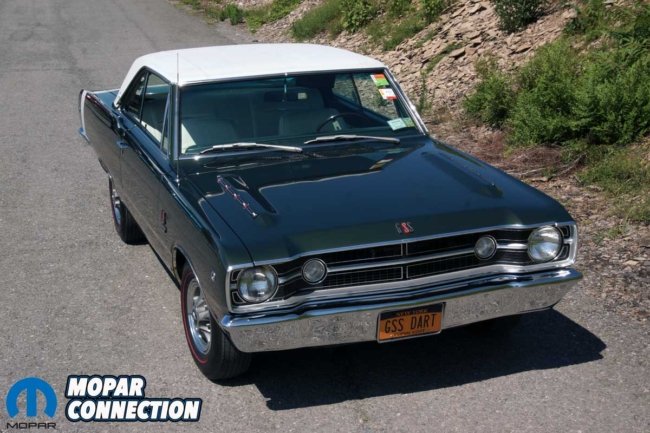
The GSS is #6 of 48 and one of 11 still known to exist. Even though the Dart is rare, Ernst periodically drives it to shows within a tight radius of his home. The Dart moves along with traffic without causing Ernst undue anxiety while at the same time, he receives thumbs up and nods from passersby.

At car shows, Ernst displays an overview placard of the GSS. The final sentence states, “Take a long look; chances are you’ll never see another.” Heeding those words is highly advised.




